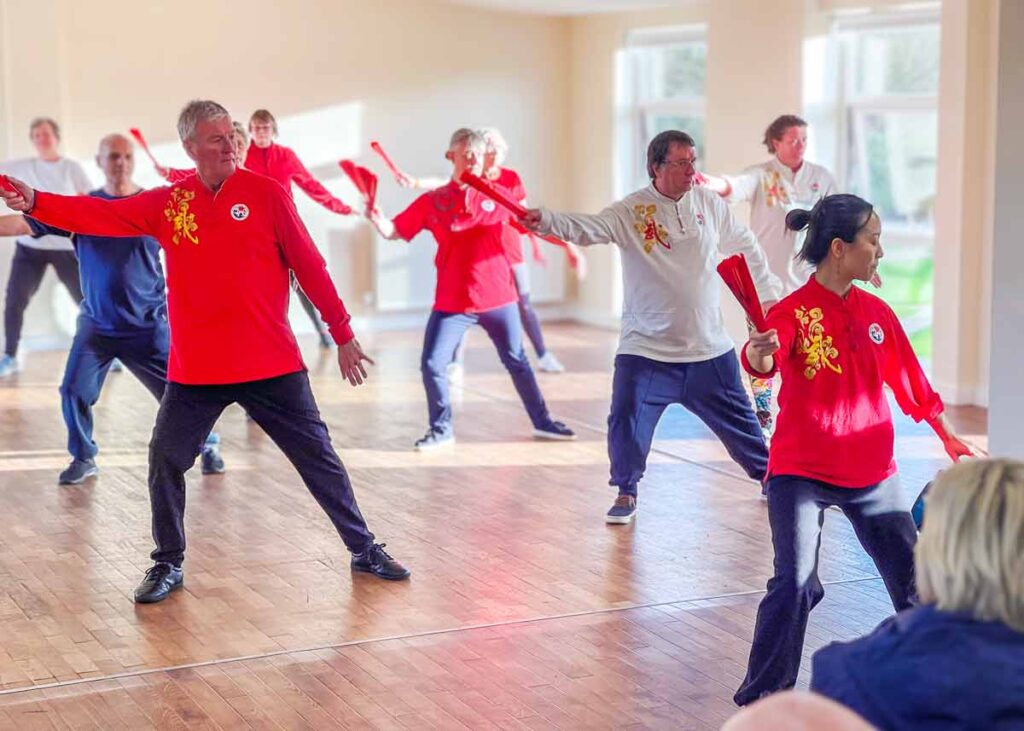Understanding the Differences Between Tai Chi and Qigong
Tai Chi (Taijiquan) and Qigong are both ancient Chinese practices known for their health benefits, meditative qualities, and focus on energy cultivation. Although they share similarities, they are distinct in their origins, purposes, and methods. This article explores the key differences between Tai Chi and Qigong, helping you understand how these practices will benefit you.
Join us for a Complete Beginners Tai Chi & Qigong Course
1. Origins and Historical Background
- Tai Chi: Tai Chi is a martial art with roots in 16th-century China, though some experts trace it back even further. Developed as a form of self-defense, Tai Chi integrates martial techniques with health benefits, deeply influenced by Taoist philosophy, particularly the concepts of Yin and Yang.
- Qigong: Qigong, which translates to “energy work” or “energy cultivation,” is an ancient practice dating back thousands of years. It is primarily a healing art, focused on the cultivation and balance of Qi (vital energy) within the body, with connections to traditional Chinese medicine and spiritual practices.
2. Purpose and Benefits
- Tai Chi: Originally designed for self-defense, Tai Chi is now widely practiced for its health benefits, including improved balance, flexibility, and mental clarity. Its slow, deliberate movements are also used to manage stress and enhance overall well-being.
- Qigong: Qigong is centered on health and wellness. It aims to regulate and enhance Qi to prevent illness, boost immunity, and promote emotional and spiritual well-being. Some forms of Qigong incorporate martial elements, but its primary focus remains on healing and energy cultivation.
3. Practice and Movement Styles
- Tai Chi: Tai Chi involves a series of interconnected movements, often referred to as “forms.” These sequences are more complex and are usually practiced in a specific order. The movements are slow, flowing, and require careful coordination of body, breath, and mind.
- Qigong: Qigong exercises can range from simple, repetitive movements to more intricate routines. The practice includes static postures, dynamic movements, breathing techniques, and meditation, all aimed at opening energy channels and balancing the body’s Qi.
4. Training Structure and Complexity
- Tai Chi: Learning Tai Chi often requires dedicated training, as the forms can take years to master. It is typically taught in a structured format, with specific routines that need to be memorized and practiced regularly.
- Qigong: Qigong is more adaptable and accessible to beginners. It can be customized to fit individual needs and abilities, making it easier to start and maintain over time. The simplicity of many Qigong exercises makes it an excellent choice for people of all ages and fitness levels.
5. Philosophical Underpinnings
- Tai Chi: Rooted in Taoist philosophy, Tai Chi emphasizes the balance of Yin and Yang, embodying harmony between soft and hard, passive and active forces. This balance is not only central to its martial applications but also to the overall health benefits it offers.
- Qigong: Qigong is influenced by Taoist, Buddhist, and Confucian philosophies. It focuses on the cultivation of life force energy, promoting mindfulness, spiritual growth, and alignment with the natural flow of the universe.
6. Accessibility and Suitability
- Tai Chi: While highly beneficial, Tai Chi’s complexity may pose a challenge for beginners. It requires regular practice and a deeper commitment to mastering its forms.
- Qigong: Qigong’s simplicity and adaptability make it a more accessible entry point for those new to energy work or seeking a less physically demanding practice. It’s suitable for individuals of all fitness levels, offering an easy-to-follow path to better health.

Why Practicing Tai Chi and Qigong Together is the Best Solution
Rather than choosing between Tai Chi and Qigong, combining both practices can offer the most comprehensive benefits. Tai Chi’s structured, martial routines complement Qigong’s focus on health, relaxation, and energy cultivation. Practicing them together allows you to harness the strengths of both, achieving greater physical balance, mental clarity, and overall well-being. This holistic approach ensures that you experience the full spectrum of benefits, tailored to your personal needs and goals.
Conclusion
Whether you’re seeking the self-defense elements and philosophical depth of Tai Chi or the healing and energy cultivation of Qigong, both practices offer unique and complementary benefits.
For more detailed guides on Tai Chi, Qigong, and other practices that promote health and well-being, explore our other articles and resources.




